Keys to Planting & Growing Quality Food Plots
 Food plots are like many other things in life – you get out of them what you put into them. True, you can haphazardly scratch out a food plot and attract a few deer, but for really good plots, the kind that both attracts deer and provides nutrition, you’ve got to do it right. To help with that, we offer “8 Keys To Quality Food Plots.”
Food plots are like many other things in life – you get out of them what you put into them. True, you can haphazardly scratch out a food plot and attract a few deer, but for really good plots, the kind that both attracts deer and provides nutrition, you’ve got to do it right. To help with that, we offer “8 Keys To Quality Food Plots.”
Do a soil test, and then fertilize and lime as needed. You won’t believe the difference fertilizing and liming will make in both the attraction and production of your food plot! If the ph is lower than 5.8, which it probably will be if pines grow there, lime will greatly help. And, you can fertilize almost anything and make it more attractive to deer, but if you fertilize a desirable food plot, the difference can be astounding.
Control competing weeds and grass. Weeds greatly reduce yield, utilization and the life expectancy of perennial plots. Thorough disking before planting and/or the use of selected herbicides will do wonders. Work hard to keep your plots clean.
Prepare your seedbed well, making sure it is thoroughly disked, clean and level. After all, you’re “farming for deer,” whether using a 4-wheeler or John Deere tractor. The quality of your food plot will reflect the quality of your farming effort. Think of the seedbed as the foundation on which you’re building your food plot “house.”
Choose the right seeds for your soils, climate and purpose. There’s a vast difference in food plot plants. Decide what you want your plot to accomplish and pick just the right thing for the job, meaning the right thing for your region, soil type, climate, equipment and farming expertise. Your food plot will be no better than what you put in the ground.
Time your planting for optimum success. You need to plant at the right time of year and when the temperature and moisture are right for your crop. Wait for the ideal window and move quickly. Planting too early or late or in the wrong conditions will cost production … and maybe even the crop.
Plant at the right depth. Big seeds like cereal grains, Lablab, Lablab Plus and cowpeas can be planted an inch or more deep, but small seeds, like clovers and chicory, can’t push through much soil and must be planted a half-inch deep or less. Generally, planting with a grain drill is preferable to broadcasting because depth and distribution can be better controlled.
Larger, “fatter” plots yield more than smaller, narrow ones. You’ll have less production on plots under an acre in size and/or on long, narrow plots with lots of edge because of shading and competition from adjoining trees and brush. Yes, small, narrow plots are aesthetically pleasing, but when production is the goal, you need reasonable acreage and more “open” land removed from shading and edge competition to allow the food plot plants to really grow. The degree to which trees and brush can compete for food plot nutrients and moisture is tremendous.
Plant sufficient acreage for the deer you’re feeding. Lots of people think because deer come to plots they are big enough, but there is a huge difference between attracting a few deer and actually feeding them. If getting nutrition to deer is the goal, you’ve got to have good production and plenty of acreage. If your plot is mowed down to ground level and looks like a well-manicured golf course, you probably don’t have enough acreage in plots. You need visible standing crop to feed deer. Generally, that will take about one acre of food plot for every 3 deer feeding on it. Small, isolated plots will get hammered.
“How do I plant Tecomate products and manage them for best performance?”
One of our most frequently asked questions is “How do I plant Tecomate products and how should I manage them for best performance”. Of course, the answer depends on many factors, including what you’re planting, where you’re planting, your equipment and your level of intensity. Here, we are going to offer with some general step-by-step guidelines that should help you be successful with Tecomate products no matter what your situation. We want you to be successful with Tecomate products, and our staff of wildlife managers/biologists are always ready to help.
Here are the topics we will discuss:
Site Selection and basic soil type
Determining your soil fertility
Fertility and inoculation
Land preparation
Weed Control
Planting information
Site Selection
All plants require several components for optimum growth, among which are sunlight, water, nutrients and soil conducive to good drainage and adequate water-holding capacity.
Sunlight
When attracting and feeding deer and turkeys, this most often means planting in wooded areas. However, selecting your planting site in tall timber where sunlight is filtered at best through the trees is not the ideal. The process of photosynthesis is where the plant converts sunlight into energy. Less energy, therefore, means less chance for good performance. Plants will grow spindly and have wider leaves trying to capture sunlight if grown in shady areas. Tree roots can also compete for moisture and nutrients.
Look for areas where sunlight penetrates well if you plant in woodland areas. Obviously, the best area for site selection is in similar situations as farmers would use for planting their crops. Fields next to deer and turkey habitat are excellent choices.
Water
The second component for optimum growth is adequate water. Unless you plan to irrigate, this component is left to natural rainfall. There are some additional points for you to consider which will help you in the long run. Your local weather service has historical records of rainfall patterns (your TV or radio station can get you in the right direction to find this information). If these records indicate periods of drought in September, but October historically has good rainfall, then choose the period where the time after planting will give you good water reserves for stand establishment and early growth. Good seedling establishment can aid in weathering periods of dry weather later on.
Nutrients
We will discuss this topic in more detail later.
Soil Types and Drainage
All soils are made up of four components: 1) Sand 2) Silt 3) Clay and 4) Organic Matter. Organic matter is important and can be considered as an aid to fertility. But, we are only going to discuss the mineral components. As the percentages of each of these components vary, the characteristics of that soil change. This can be a very complicated subject and gets into soil chemistry and soil physics which agronomists study constantly. For our discussion; we are going to take the more simple approach.
When a soil has equal concentration of sand, silt and clay, it is classified as a loam. Soils can have all variations of these components and may include names like sandy clay loam or silty clay depending on the percentage of each component. Soil agronomists have classified most every soil type in the U.S. and have mapped where they occur. You can most likely find the exact soil type you have by checking with your county extension agent or soil conservation service. Here are some basic characteristics to give us the background we need.
Sandy Soils – when the greatest percentage of the four components is sand, then the soil is classified as sandy and as the percentage of sand decreases, the soil type moves more toward a loam or loamy sand. Sandy soils typically are very productive and well drained, but as a downside, they are also the worst for water holding capacity and for holding nutrients which can be leached through the soil profile by rainfall percolating down. If you live in areas where rainfall yearly totals are greater than 20 inches, then your sandy soils are most likely low in pH and liming may be needed to correct this problem. A good rule of thumb to remember on correcting pH is that the sandier the soil, the less lime it takes to raise the pH but the more frequently applications have to be made to maintain proper levels. We will discuss this more later. Sandy soils, therefore are usually good choices for planting your plots. Realize that the sandier the soil, the more water and fertility are going to be required for optimum growth.
Silt Soils - The best way to describe silt, is that, when it is dry, it feels like talcum power in your fingers. Silt and silt loam soils are some of the most productive agricultural soils in the world. Silt soils have high water holding capacity, usually fertile, good tilth or workability, good drainage, but, may still be low in pH.
Clay Soils - These soils can also be very productive but may have poorer drainage and require much more lime to raise the pH up to an optimum level if the pH tests low. Clay soils hold a tremendous amount of water due to the larger amount of total surface area on the smaller particles of soil. This surface area of the clay particles is a factor in holding strongly to residual nutrients and may mean more fertilizer must be added to maintain availably.
We don’t have much control over the soil types where we need to plant our plots. Having some basic knowledge of the soil and its characteristics can help us manage better, however.
Determining your Soil Fertility
There is only one good way to determine what your fertility levels are…soil testing. Take a representative sample of the field in a plastic bucket. Use a soil probe if you have one or small shovel if you don’t. Dig down about four inches and take the top couple of inches and discard. This has a higher concentration of organic matter and can give you false information. Soil testing services are available at local soil testing laboratories or at http://www.tecomate.com.
Here are some basic things you will be able to find out from these soil test:
Soil pH – this is a measure of the soil’s acidity or alkalinity. It is based on a scale of 1-14 with 7 being neutral. Readings below 7, indicate acid soil and above 7, alkaline. For best production of the varieties in Tecomate Seed Company products, a pH in the range of 6.5 – 6.8 is optimum. Your soil test will most likely also tell you a buffer pH. This is related to your soil type. The higher the clay content the more lime required. Buffer pH helps determine amounts needed.
Major elements available – the major elements are Nitrogen, Phosphorus and Potassium, N-P-K. When you buy a bag of fertilizer the three numbers are an indication of N-P-K. For example, 13-13-13 means there is 13% of each of the components N-P-K available to the plant in the bag and the remainder is inert materials. Sometimes, the amount of Sulfur is also shown on the soil test.
Minor elements available – minor elements are most often not tested unless requested. Go ahead and get this done. It will help you determine fertilizer selections later if you are deficient in these elements. Most often they are used in very little, but sometimes critical amounts by the growing crop. One of these elements, Molybdenum, is critical in proper nodulation of legumes. Tecomate Seed Company legumes are included in the components of all our products except Chicory. We will cover this in the section on inoculation.
Lastly, the soil test results will give you recommendation to amend the soil to optimum.
Fertility and Inoculation
Once you know your soil’s residual fertility and pH from the soil test, then better, more economical decisions can be made to amend the soil to the levels needed for optimum production.
Fertilizer
There are many different materials which make up fertilizer whether it is in bags or bulk. The plant does not know the difference. It can only take up the fertilizer elements through its roots in certain forms and does not care if that form comes from ammonium nitrate or cow manure. Fertilize according to the soil test.
One note of caution: your recommendation may come back with no requirement for adding Nitrogen due to legumes in the mix. Monster Mix, Max Attract 50/50, Longbeard, Lablab Plus, Alfa-Feast, Ultra Forage Mix and Homeplace all have non-legume products included in the brand and these will require some Nitrogen to maximize their production until some of the nodules break down to supply this element. Chicory is non-leguminous and requires Nitrogen. Lablab and Outback are 100% legume products and if properly inoculated require no additional Nitrogen fertilizer.
Ask for minor nutrients fertilizer if at all possible. This is more difficult in bagged products, but again these minor elements can be critical. There is an agricultural law called Liebig’s Law. What this law essentially says is the crop will be limited by the most limiting factor. In other words, a chain is only as strong as its weakest link.
Inoculation
This is an interesting relationship between a bacterium called Bradyrhizobium spp. and legume plants, i.e. clovers, peas, soybeans etc. The relationship is that the legume provides a place for the bacteria to live and in return the bacteria produce Nitrogen for the plant to grow. This is called a symbiotic relationship where each party mutually benefits from and for the other. The bacteria live in the soil on the organic matter there and infect the young root hairs and begin to multiply forming what is called a nodule. Inside the nodule the bacteria are growing with no harm to the legume and produce Nitrogen as a by-product which the plant in turn uses to grow. As these nodules are replaced or die out, some Nitrogen is supplied to non-legume crop varieties such as chicory.
Your soil may or may not have the bacteria in it for the clovers, vetches and cowpeas (including Lablab) and the bacteria needs to be added. This is accomplished by inoculating the seed with bacterial spores before planting. Your fertilizer dealer, garden center or internet resources can get you in touch with sources for inoculants. Don’t expect it to be available when you are ready to plant. Plan ahead. Most of Tecomate’s seed products are pre-inoculated. Beginning in 2005, Tecomate will offer inoculants for its seed blends that are not pre-inoculated. Check out http://www.tecomate.com for more information.
Liming
If your pH comes back from the soil test indicating pH levels below 6.5, and especially if below 6.0, then liming is necessary to correct this limiting factor in successful plot production. Lime comes in two primary forms: calcitic which supplies only Calcium and dolomitic which supplies Calcium and Magnesium. If your Magnesium levels are low on the soil test, use dolomitic lime. There are many different products which are calcitic with ground limestone being the most prevalent. These products are usually recommended in tons/acre versus pounds/acre as for other fertilizer products.
Land Preparation
Wildlife food plots are planted in soils of all types and under all types of preparation ranging from seed scattered on top of the ground to well prepared seed beds. We definitely recommend the latter. However, we do realize that equipment available to farmers and equipment available to sportsmen may not be equal. Planting of food plots is no different than planting other crops in that proper seed bed will yield the best results. There are two methods of planting that we will discuss later. These are conventional tillage and minimum tillage and each has varying degrees of field preparation involved. Naturally, conventional tillage involves plowing and disking to achieve the seedbed; whereas minimum tillage involves less to no tillage of the land. Irregardless the method, good seed to soil contact is the goal.
Weed Control
Weed control ranges from hand hoeing to chemical weed control products. Weeds are defined as any plant growing out of place. Therefore, they need to be controlled to optimize you plot production. Weed species need also to be identified in order to target the correct herbicide to the weed. Modern herbicides are very selective in what they control and some have extremely low rates of application. Some have rates of as low a few grams per acre. Here is another general rule to remember: every herbicide is a contact herbicide at a certain rate. A little is good therefore more must be better has wiped out many a stand of crop or food plot. Use herbicides according to the label instructions. Check with your country extension agent or local agricultural chemical supplier for recommendations and rates.
Planting Information
Well, we are now ready to plant. As you may see from above, some of these steps should be taken weeks or months ahead of a successful planting.
Planting can be done in variations of three methods: 1) broadcast into conventionally prepared seed beds, 2) planted with planters or grain drills into conventionally prepared seed beds or 3) minimum or no-tilled in stubble or chemically treated land to kill the vegetation present. You will notice that there is no planting recommendation for broadcasting onto unprepared seed beds. This can result in failure of the product to establish a satisfactory stand and perform to your expectations and our knowledge of their potential. We both are then disappointed. It may be possible for you to contract with local farmers to till and plant the plot for you if you do not have the equipment to do it yourself. This is usually a nominal charge per acre. It is best to try and contact him when he is not planting his own crops or harvesting. His stress levels are high at those times.
Quoting from the Bible again, these verses, though certainly meant to portray a different meaning, are quite appropriate and show that the creator of agriculture also knew how it is meant to work.
“A farmer went out to plant some seed. As he scattered it across his field, some seeds fell on a footpath and the birds came and ate them. Other seeds fell on shallow soil with underlying rock. The plants sprang up quickly but they soon wilted beneath the hot sun and died because the roots had no nourishment in the shallow soil. Other seeds fell among thorns that shot up and choked out the tender blades. But some seeds fell on fertile soil and produced a crop that was thirty, sixty and even a hundred times as much as had been planted. Anyone who is willing to hear should listen and understand.” Matthew 13:3-9 (NLT)
Each of our products carries specific recommendations for time of planting and planting depth and is available from our product guides or from http://www.tecomate.com.
Here are a few more general rules:
Plant when soil moisture is adequate. Don’t plant and hope it will rain if you are experiencing drought conditions. Wait for rain, then plant.
Do your homework ahead of time and you’ll have a much higher level of success.
Summary
Have your soil tested
Fertilize according to the soil test.
Lime if needed to correct the pH.
Prepare a good, weed free seed bed
Plant into adequate moisture with inoculated seed if needed.
Control weeds.
Posted by David Morris
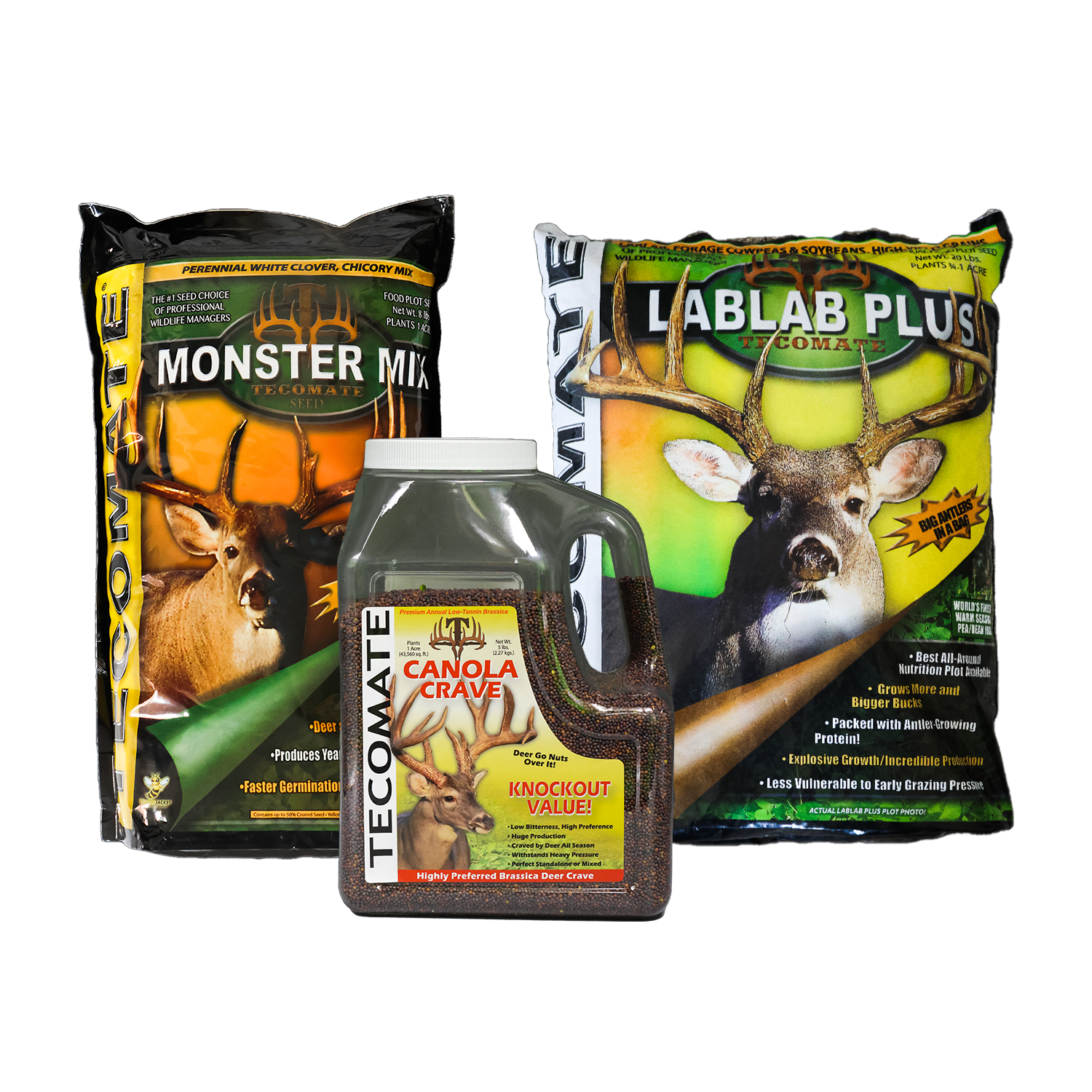
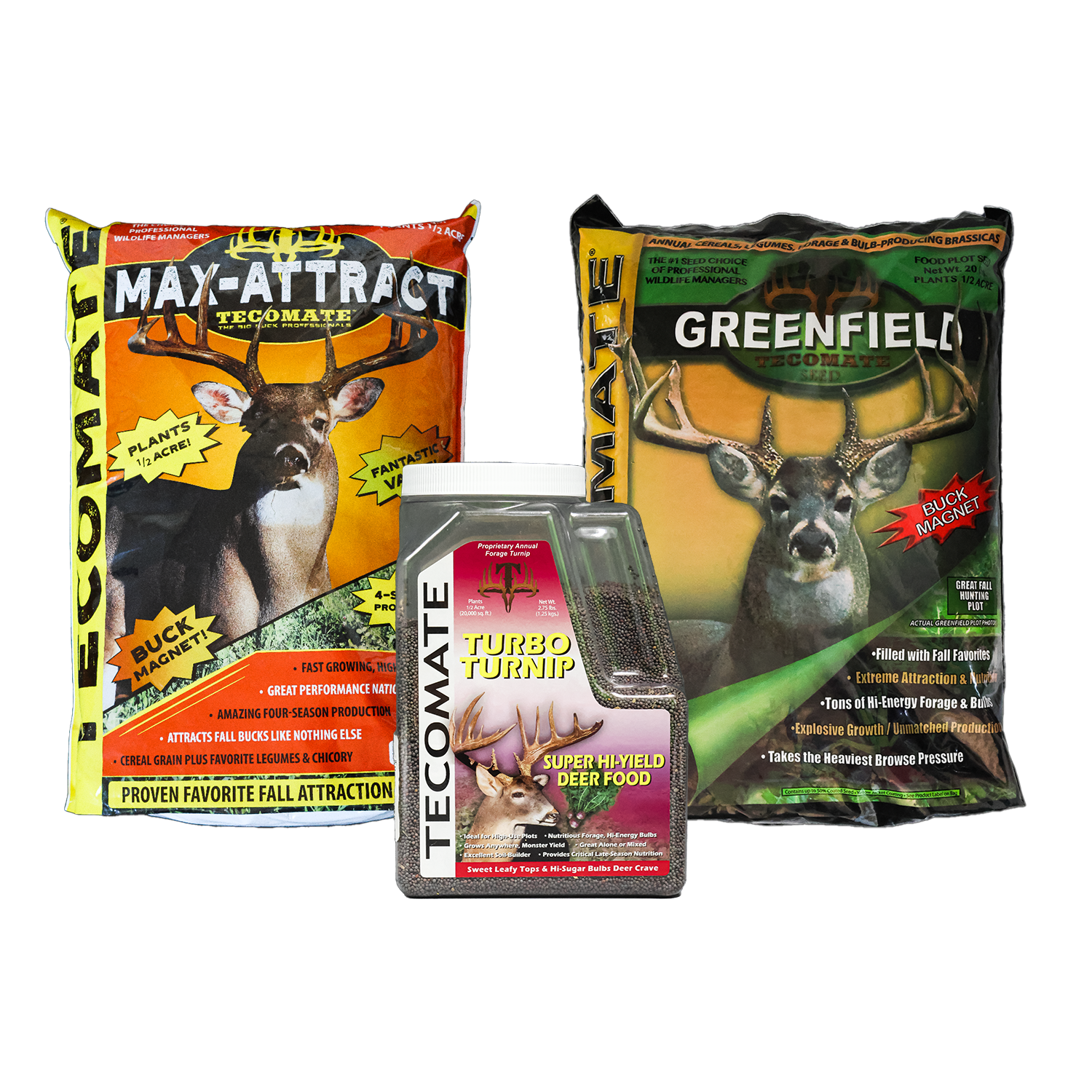
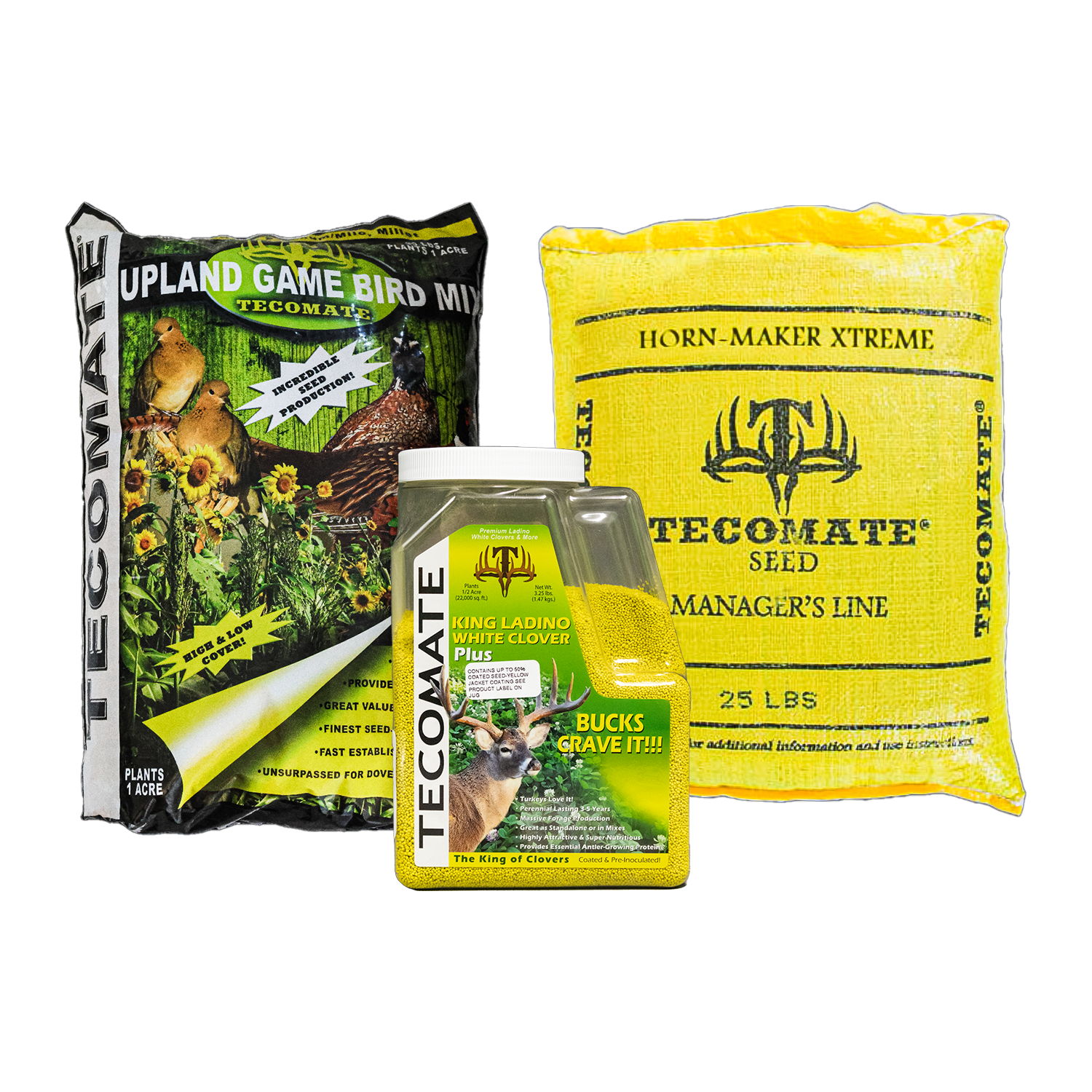
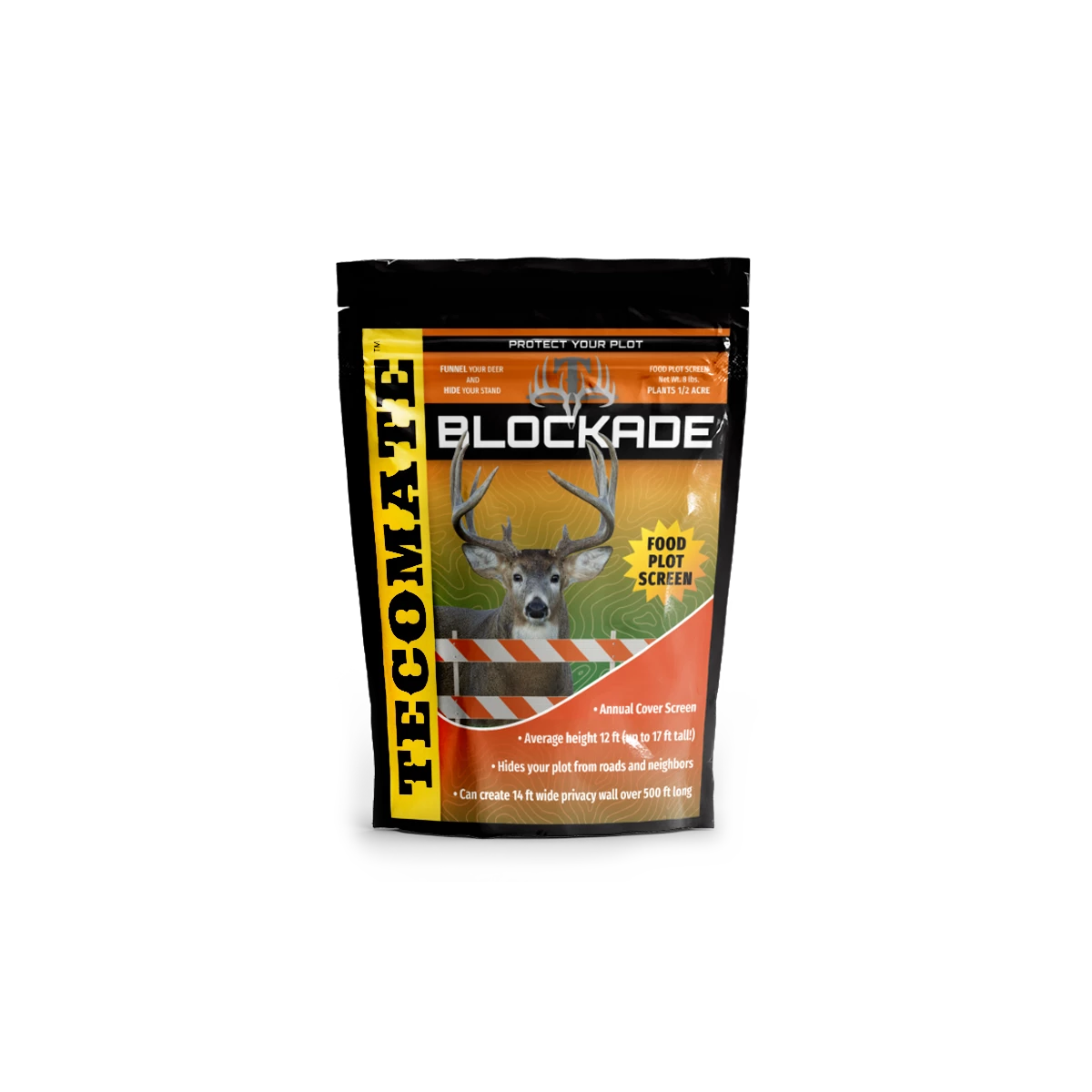
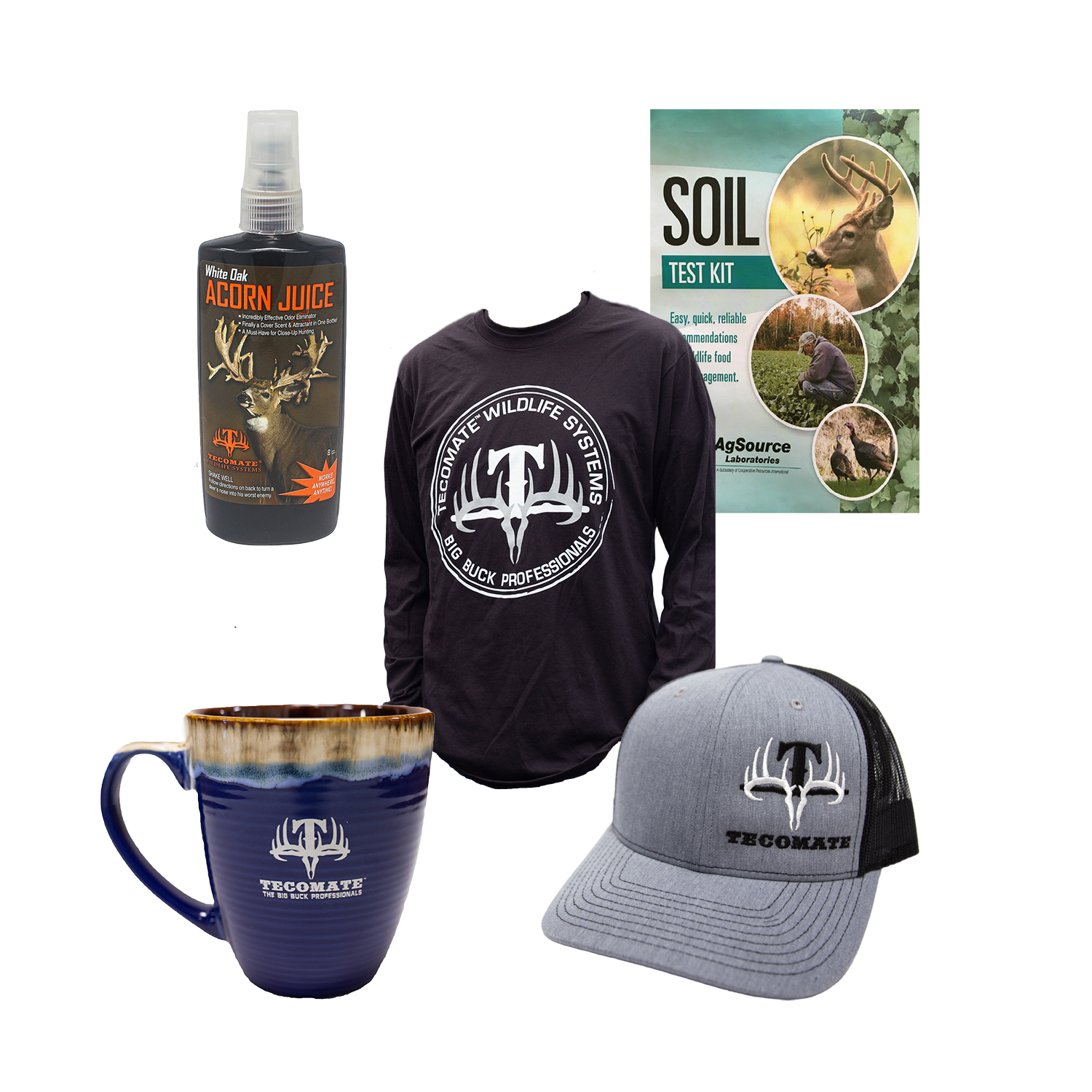
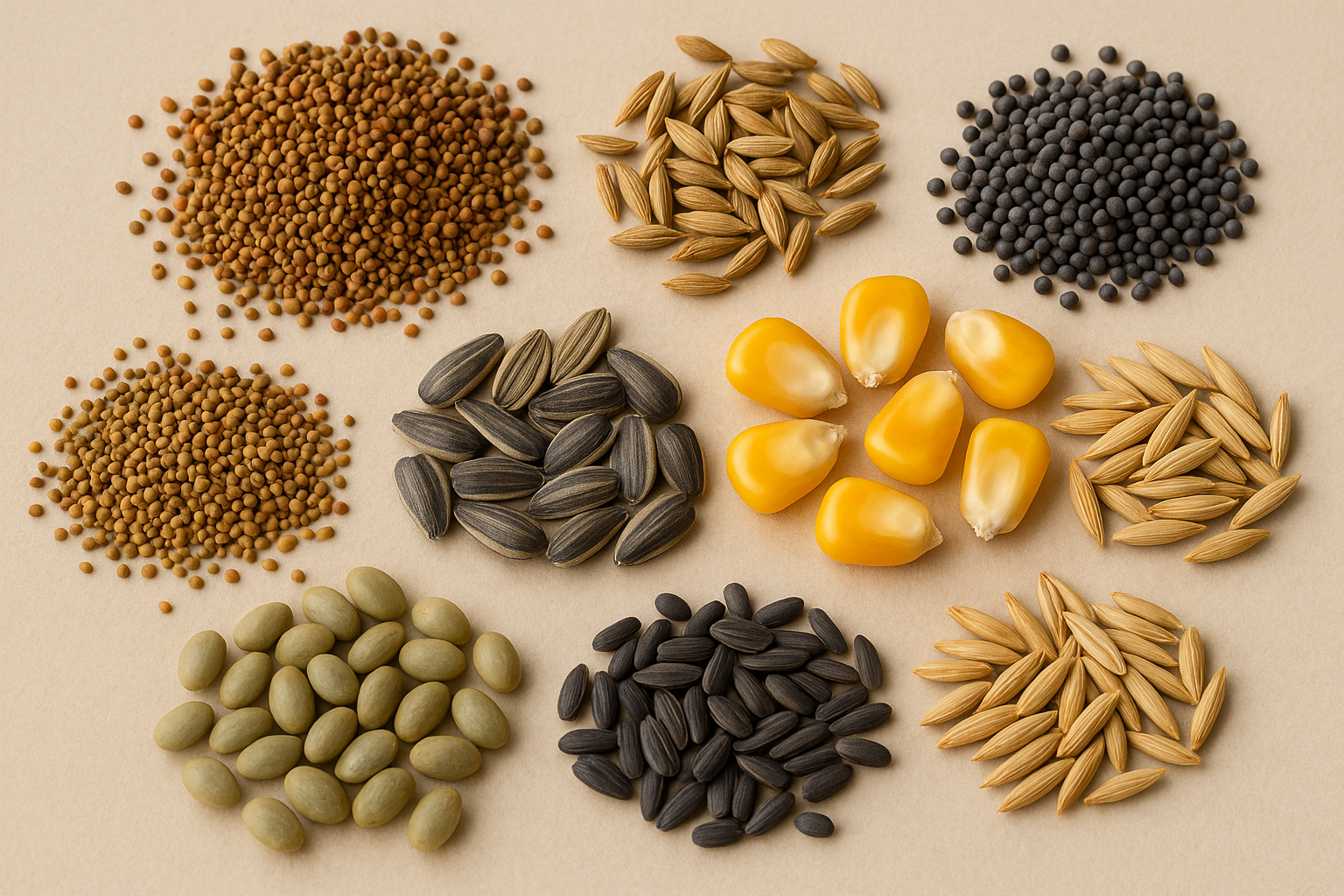
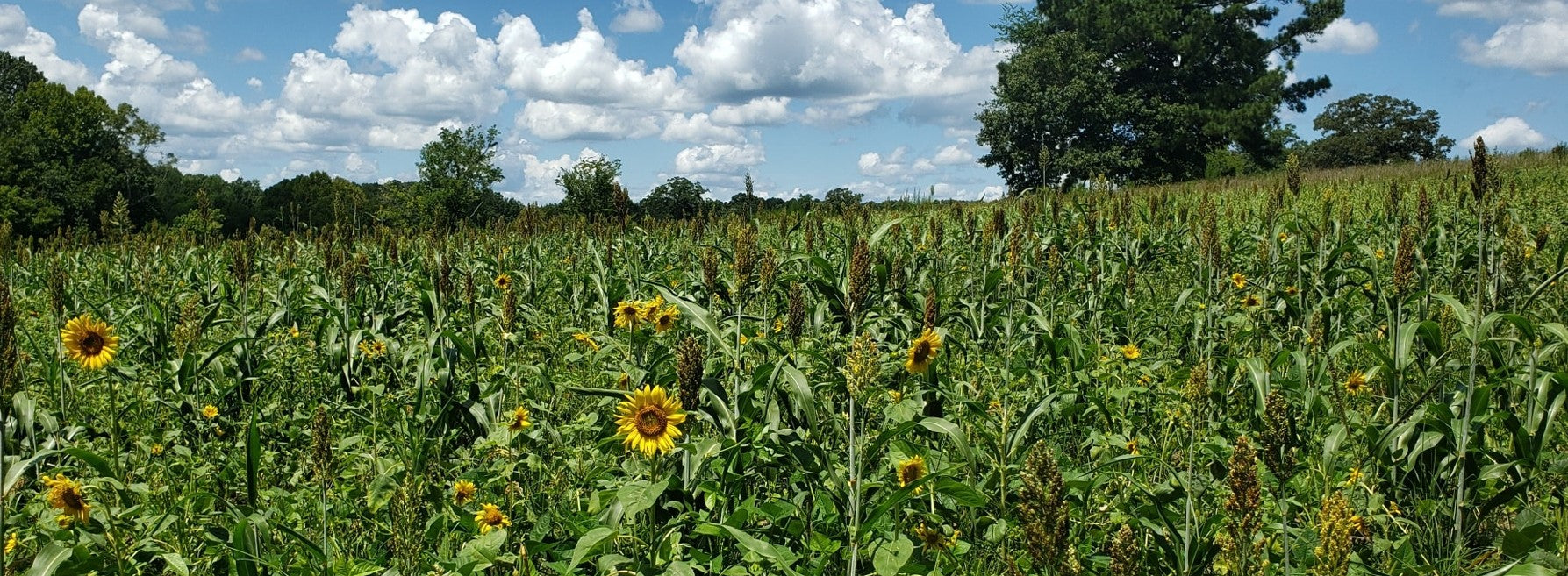
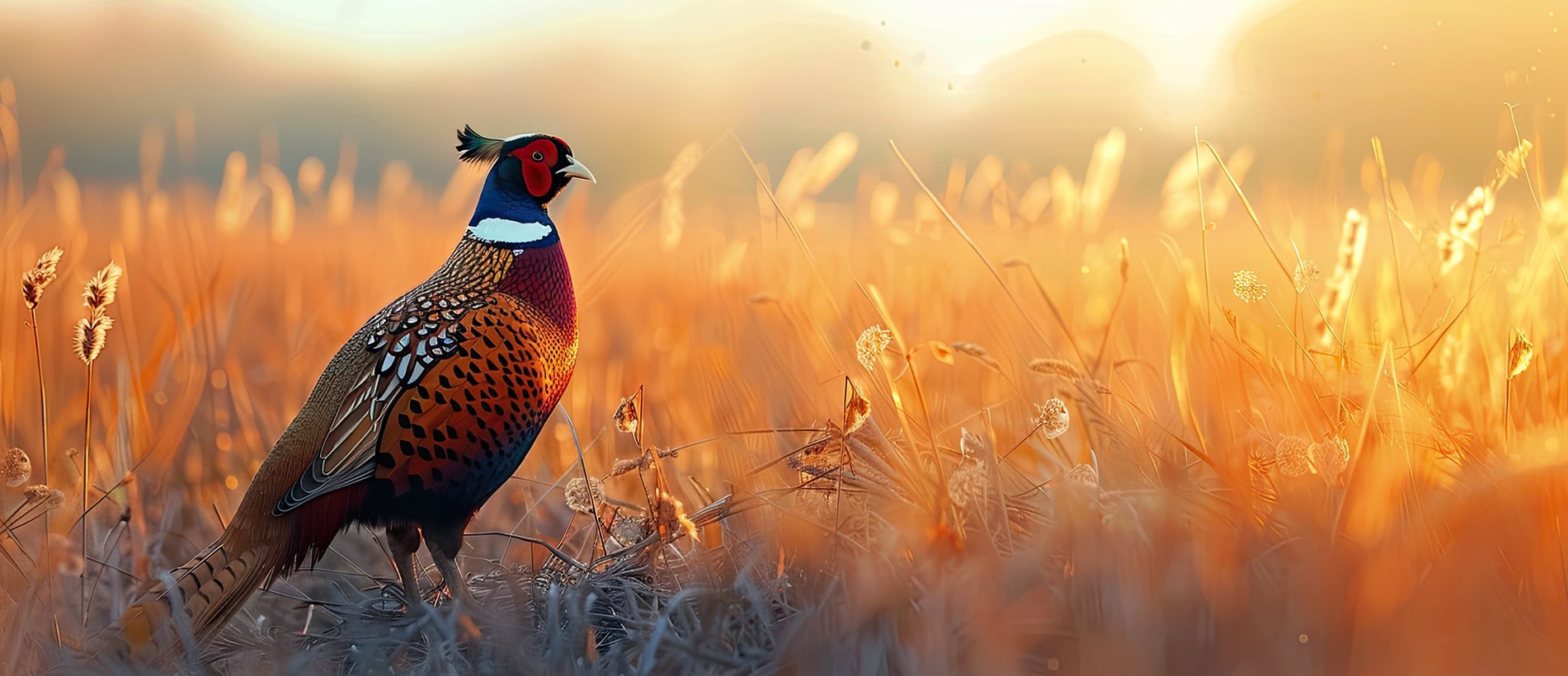

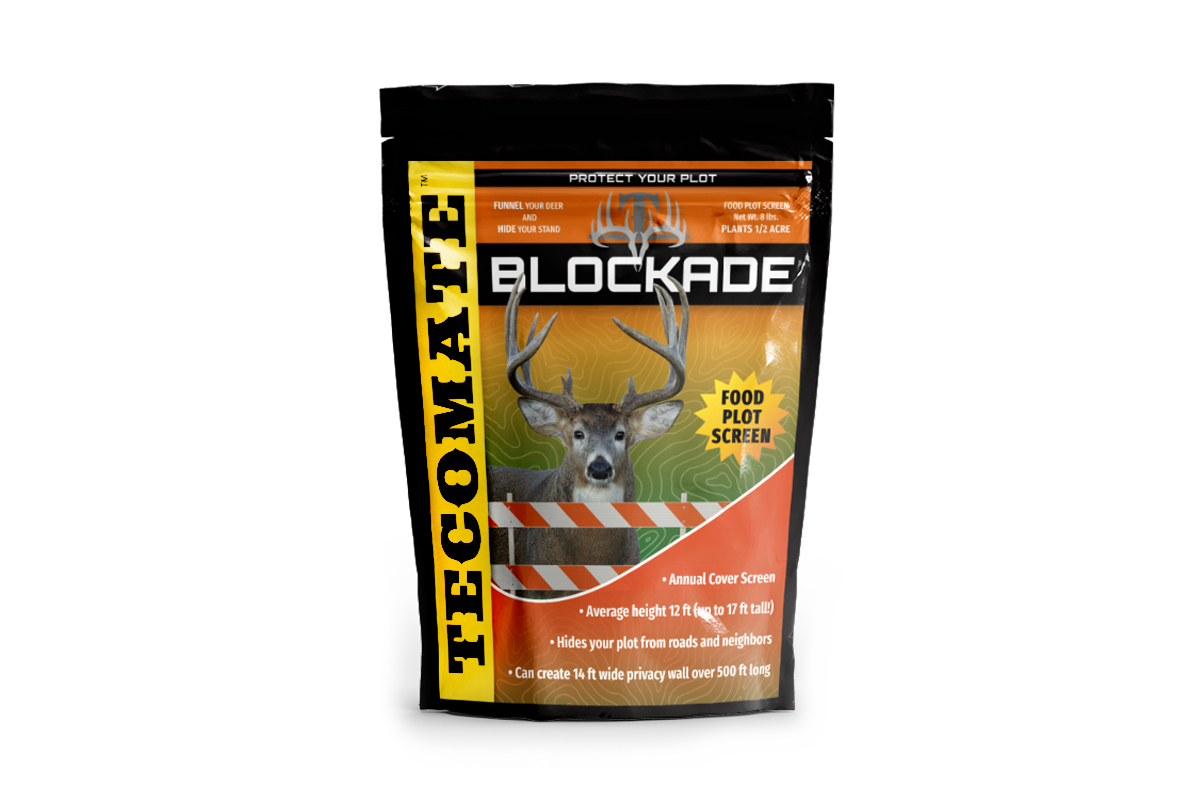

Leave a comment